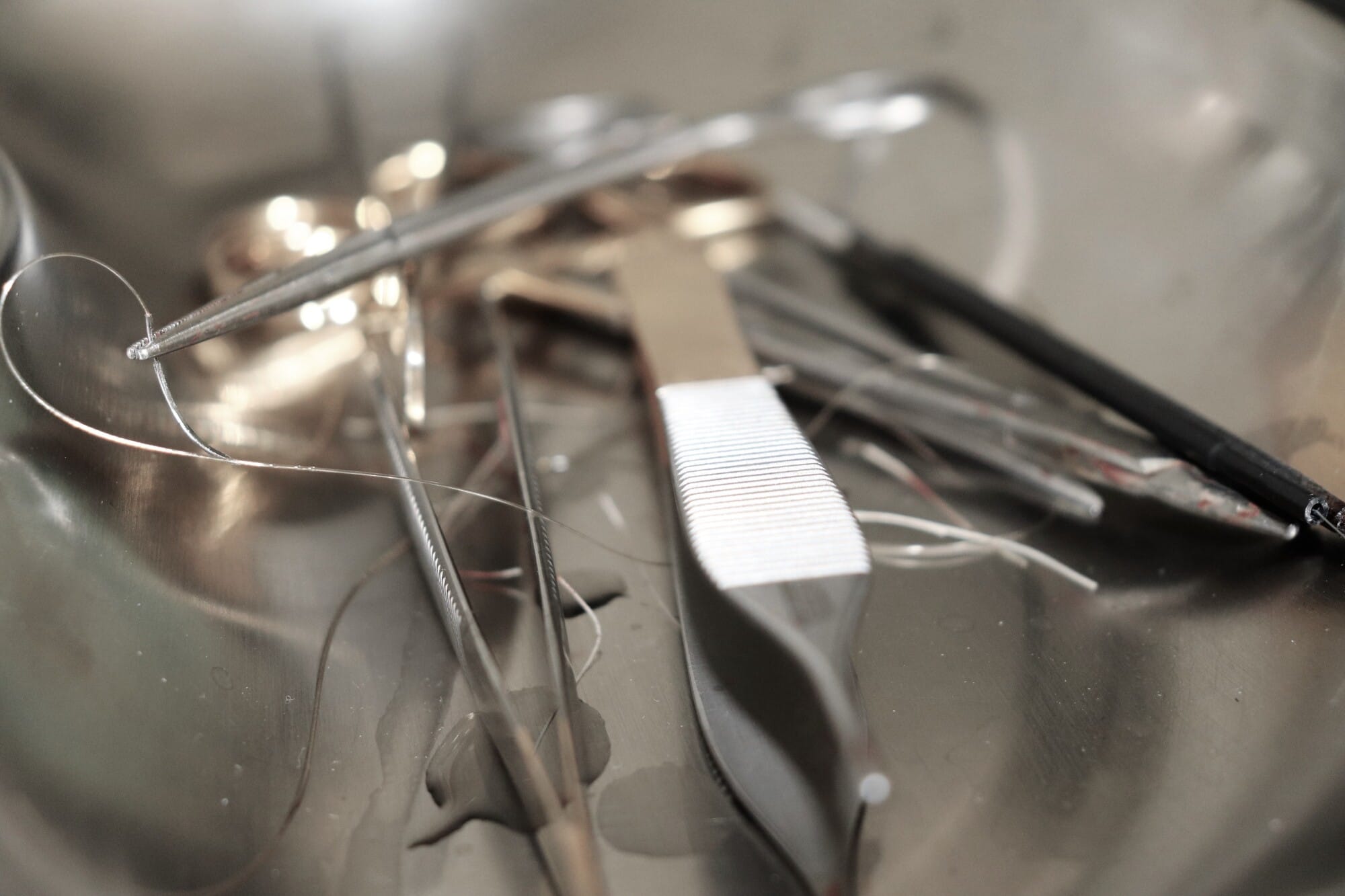Did you know that every day one in thirty-one hospital patients suffers from a healthcare-related infection? Much progress has been made in preventing these types of infections. However, the reality is that improper sterilization is still one of the leading causes.
If you work in the healthcare industry, then knowing how to sterilize your medical instrument is an essential skill. In this article, we’ll walk you through everything you need to know about the procedure. Let’s get started!
How to Sterilize Medical Instruments
Before you begin the sterilizing process, it’s important to put your medical instruments in a safe, isolated space. This prevents cross-contamination from occurring. We recommend a sterilization pouch for your medical instrument.
This will keep the instrument isolated until you’re ready to use it for sterilization. Sterilizing medical instruments consists of three crucial steps: cleaning, disinfecting, and sterilizing. The first step is to clean both the room and the medical instruments you plan to use.
This gets rid of surface-level things like dirt, debris, and other types of fluid. The next step is to disinfect. During this stage, you use chemical cleaners to destroy any non-spore-forming bacteria on the instruments and room.
The specific type of chemical cleaner isn’t that important, as long as it comes with antibacterial properties. The final step is sterilization. This is used to eradicate transmissible agents and microorganisms.
These types of bacteria and spores can’t be killed by disinfectants and they spread serious types of diseases. There are three main types of sterilization, which we will get into in the next section.
Different Types of Sterilization
According to the CDC, there are three main ways you can sterilize medical instruments: steam sterilization, chemical sterilization, and dry heat. Steam sterilization is perhaps the most popular method.
During this type of sterilization heated water particles are applied to the instruments at increasing levels of pressure. Chemical sterilization uses a variety of different chemicals to kill any pathogens found on contacts. These chemicals can include:
- Bleach
- Ethylene oxide
- Hydrogen peroxide
However, the instruments must be submerged in these chemicals for a long enough period for them to be most effective. The final method of sterilization is the dry heat method.
This method isn’t as popular since it takes quite a bit of time. Essentially, you need to expose the instruments to heat that’s over 300 degrees Fahrenheit for long periods. The specific length of time depends on the temp and the size of the equipment.
Want More Content? Keep Reading
We hope this article helped you learn how to sterilize medical instruments properly. When it comes to sterilization, it’s much better to be safe than sorry. That way, patients can trust the standard of care that you provide them.
Did you enjoy this article? If the answer is yes, then you’re in the right place. Keep exploring to find more topics that you’re sure to love.







